Austin suburbs quickly updating water infrastructure to keep up with growing populations
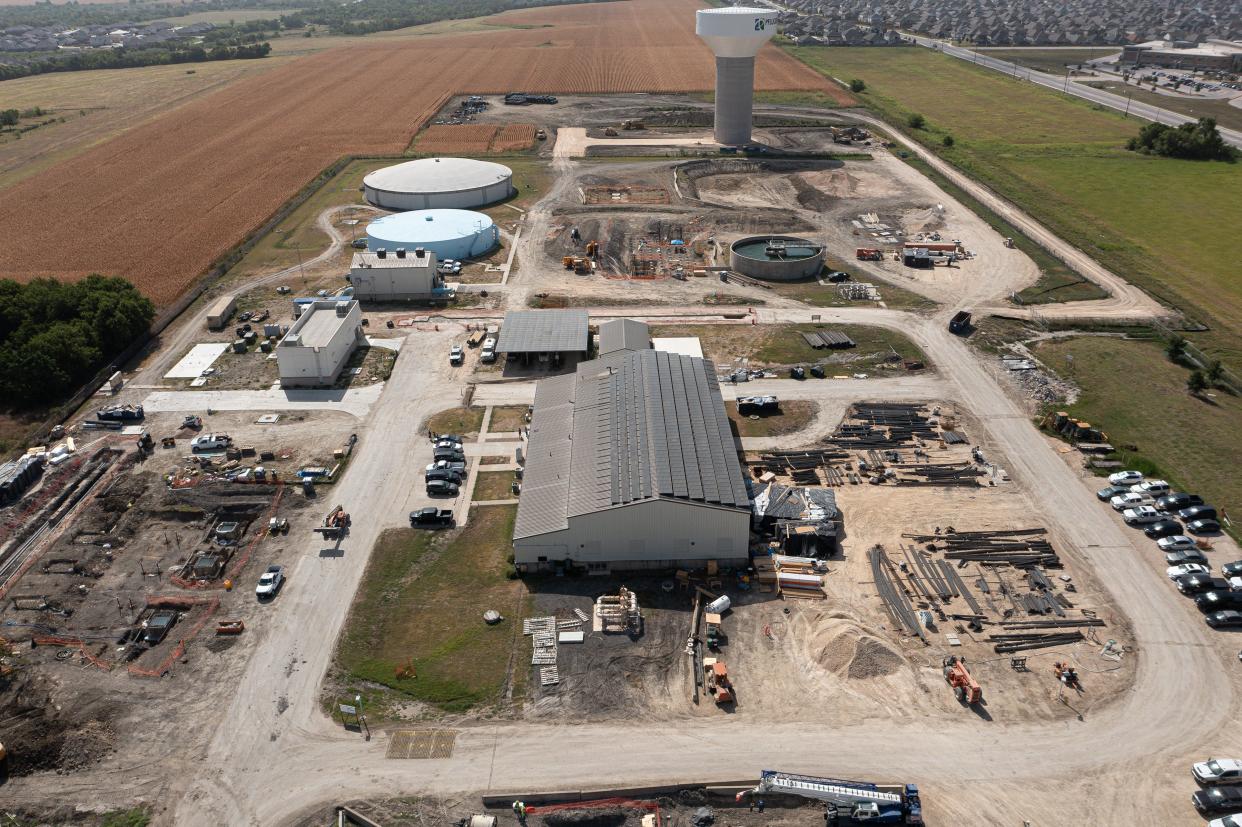
As part of one of the fastest-growing areas in the country, many suburban cities in Central Texas are upgrading their water infrastructure to meet expected demand in the coming decades.
At least five Austin suburbs — Bastrop, Elgin, Georgetown, Pflugerville and Round Rock — are beefing up their treatment systems to provide reliable drinking water as their combined populations are projected to swell from 303,000 residents to over 579,00 in the next 10 to 20 years.
David J. Eaton, a professor of environment and energy policy at the University of Texas, said that Central Texas cities have to put a lot of effort to plan for the future of their infrastructure. He said, however, that there is no reason they cannot keep up with demand if they have the willingness to invest.
"It's the capacity to plan, construct and operate, and to keep up with the expectations of taxpayers and your customers," Eaton said.
Pflugerville to meet demand through 2040
Pflugerville officials said they expect the demand for water to exceed its supply by 2025.
To ensure the city can keep up with demand, it has started construction on a $144 million expansion of its water treatment plant. Once finished by late 2026, the plant will increase its treatment from 17 million gallons to 30 million gallons per day. The city's water utility gets its supply from the Lower Colorado River Authority and groundwater wells.
The upgrade will provide reliable drinking water to 76,000 people and businesses and meet projected water demand through 2040, according to city officials. The city's estimated population now is 75,869, but officials expect that number to climb to 127,963 by 2040.
More: Pflugerville has year-round water restrictions. Here's what you need to know.
To ensure there is enough water in the meantime, officials said they are working to make groundwater supplies more drought-resistant, including a year-round, two-day limit for outdoor watering for residents.
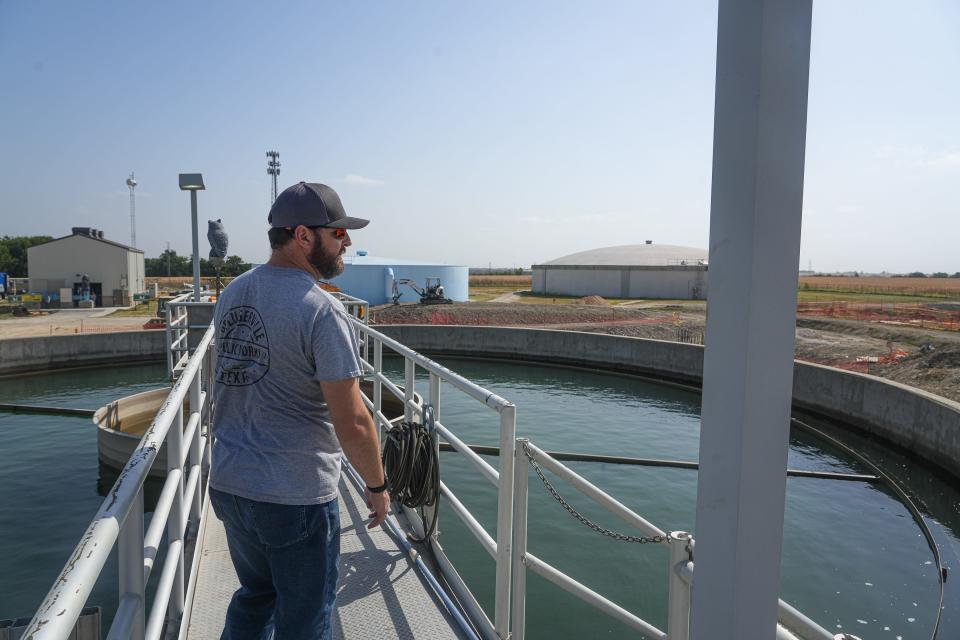
New Georgetown plant to double capacity
As the fastest-growing city with a population of 50,000 or more in the country, Georgetown faces similar issues. According to the U.S census, Georgetown has a population over 75,000 but city officials expect that number to grow to about 110,000 by 2030.
Three capital improvement projects underway will help the city to accommodate for that growth, officials said.
More: 'Small town' for how long? Georgetown leads nation in population growth
Georgetown gets its water from the Edwards Aquifer, Lake Georgetown and Still House Hollow Lake near Killeen. Two water treatment plants, both of which are being expanded, make the water ready for consumers.
The expansion of the North Lake water treatment plant and the rehabilitation of the South Side Treatment Plant, in western Georgetown, is scheduled to be finished in early 2024, said Chelsea Solomon, the city's director of water utilities. Once both projects are completed, the city will be able to treat 57 million gallons per day rather than the current 45 million gallons.
The city is also building a new facility, the South Lake Water Treatment plant. The first phase of the plant will come online in 2025 but will not be fully completed until 2026. When finished, the city will be able to treat 94 million gallons per day, more than double its current capacity, Solomon said.
She said the city has to build a new plant to keep up with the high demand during the summer months. For two weeks during the height of a summer-long heat wave, the city's system exceeded 95% of its treatment capacity with 75% of its water being used for lawn and irrigation, officials said.
"The South Lake Water Treatment Plant will bring an additional 44 million gallons of capacity, but realistically we only need that eight weeks of the year," Solomon said.
Additionally, city officials entered into a two-year, $11.8 million agreement with the Edmonton Power Corporation, a water utility company in Williamson County, to be another source of water.
Under the agreement, the city will be able to reserve water from the Carrizo-Wilcox Aquifer in Robertson County. The agreement is a placeholder until the two entities can negotiate a partnership that will have Georgetown receiving between 32 million to 55 million gallons per day, starting in 2030, city officials said.
“Having enough water to meet our demands is becoming increasingly challenging and important as Georgetown and our service area continue to grow exponentially,” said Mayor Josh Schroeder.
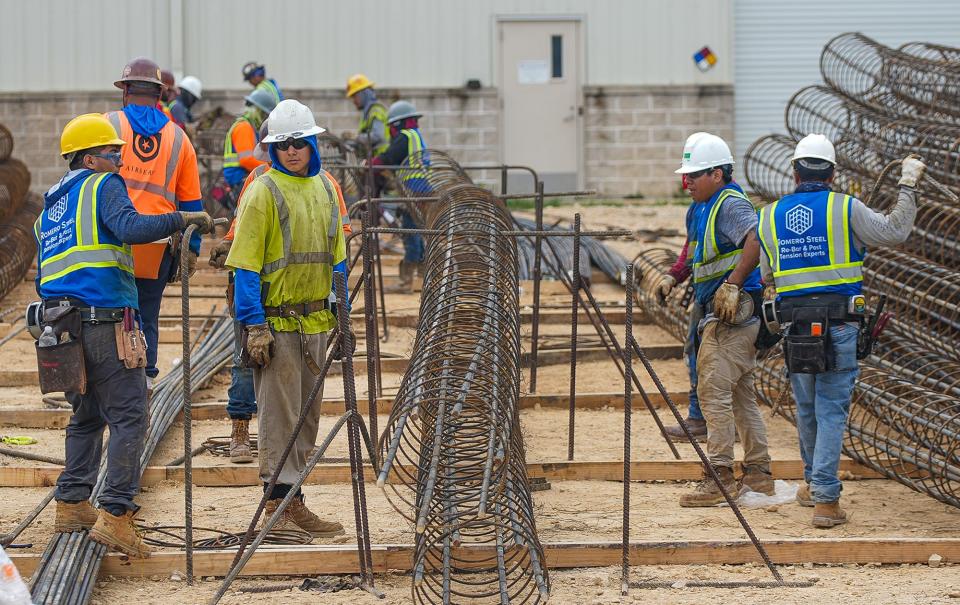
Elgin planning for explosive growth
While the city of Elgin's water treatment plant is not yet close to reaching 70% of capacity, the city is building a $5 million large storage and staging facility for its water, said City Manager Tom Mattis. The city extracts its water from the Corrizo-Wilcox Aquifer.
Mattis said the city will expand its plant within the next five years as residential growth is pushing what the plant can treat. Elgin has a population of about 10,000 residents, but that is expected to explode to 58,000 by 2030, according to city documents.
"It's a challenge for us, for everybody, to know how much you are prepared to invest and how much is necessary versus getting too far ahead of yourself," Mattis said.
Round Rock to increase capacity
In Round Rock, the Brushy Creek Regional Authority is building a $225 million deep water intake at Lake Travis and a two-mile tunnel to the pump station that leads to the city's water plant. Michael Thane, director of utilities, said the project should help the city provide water to 250,000 residents. The new intake also will serve Leander and Cedar Park.
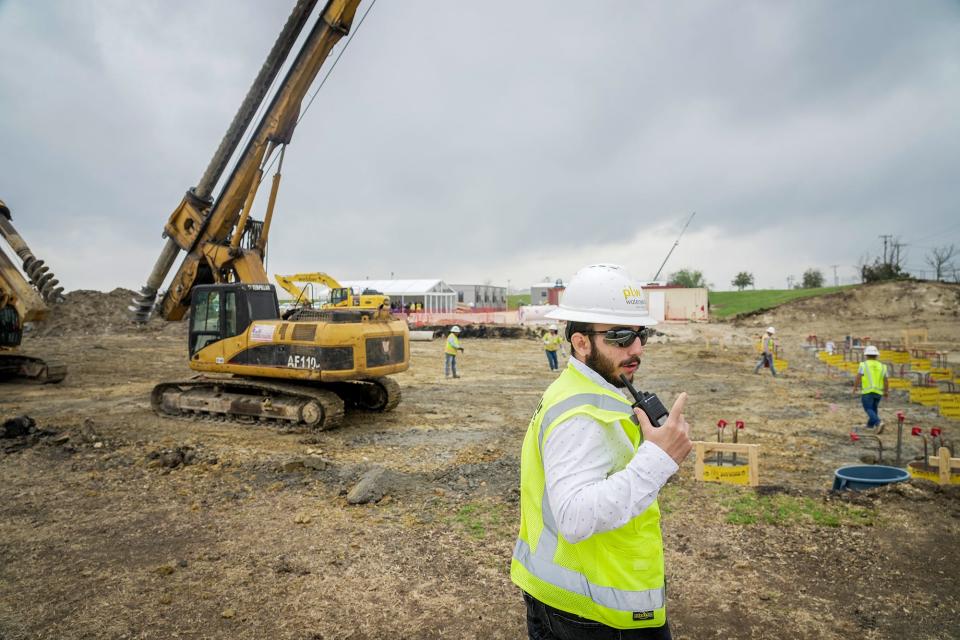
City officials said that once the project is completed, it will provide an additional 40.8 million gallons per day of water to the city and 145 million gallons per day to the three cities combined.
Round Rock's population is 130,293, according to the city, but is estimated to reach 266,000 by 2040.
More: New properties in Round Rock could see higher water, wastewater impact fees in 2024
Thane said that without the project, the city can only rely on Lake Georgetown, which can provide water to 150,000 people. The city sometimes supplements its water supply from the Edwards Aquifer. The expansion, which began last year, is expected to be completed in 2027.
Bastrop to replace water supply source
In Bastrop, the city is designing a new water treatment plant and a wellfield to replace its water supply. The projects will allow the city to pull water from deep wells in the Simsboro Aquifer instead of shallow alluvial wells under the Colorado River.
City officials said the change of the city's water supply will provide a reliable, resilient drinking water supply.
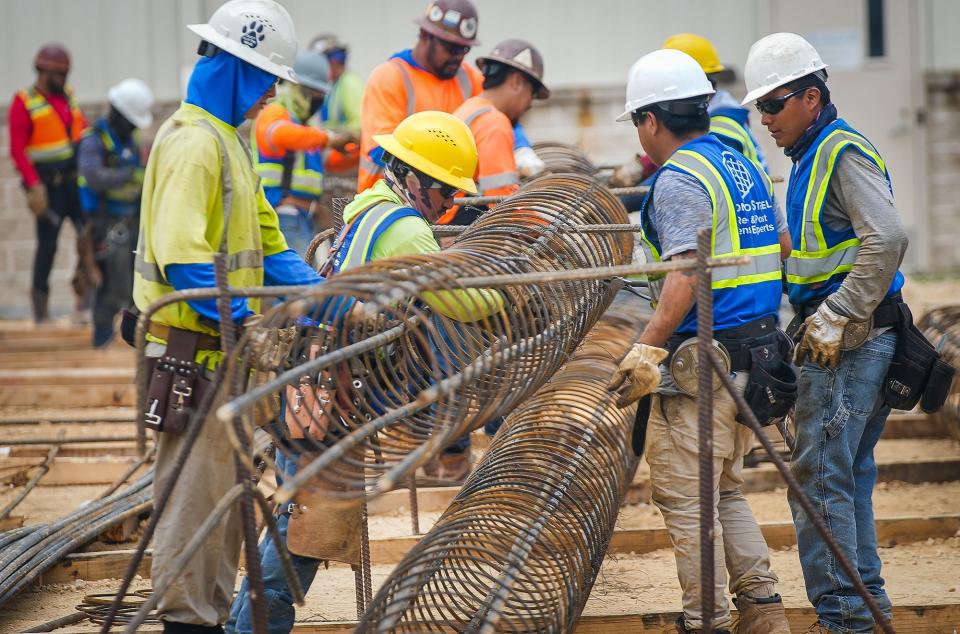
The $75 million project is 37% complete, officials said. The city's population of 11,811 is expected to grow to over 17,000 by 2040.
Service expansion in Travis, Hays counties
In Bee Cave and in Dripping Springs, water and wastewater services are provided by the West Travis County Public Utility Agency. The utility provides services to several cities in western Travis and northern Hays counties.
The agency uses population estimates and water demand to model the infrastructure they will need in the future. Jennifer Riechers, the agency's general manager, said that in 10 years water usage is expected to increase from 22,000 living unit equivalents to 38,000 LUE's systemwide. An LUE is the typical flow that would be produced by a single-family residence.
To keep up with growth, the agency plans to expand its only water treatment plant to hold 32 million gallons per day, an increase from 20 million gallons. Riechers said the expansion, expected to be completed by 2026, will provide services to the southern portion of Bee Cave toward Dripping Springs. She said that without the expansion, the plant would be over capacity by 2024.
Riechers said the most growth the agency has seen in the areas it serves is Dripping Springs. To accommodate for that growth, the agency is building a second water line down U.S. 290 to help push out more water and to provide more capacity to its customers in the city. The second line will provide an additional 3,000 living unit equivalents.
"We have allocated all of the capacity we can from the existing plant," she said. "We know that the growth is necessary."
This article originally appeared on Austin American-Statesman: Austin suburbs upgrade water infrastructure to keep up with demand

